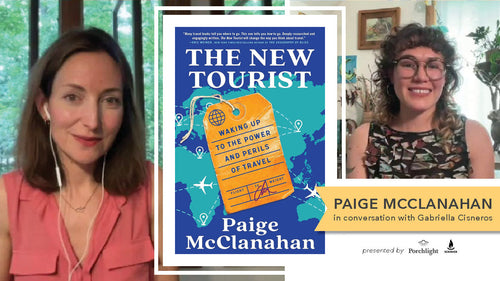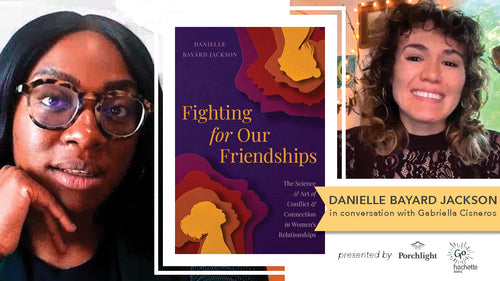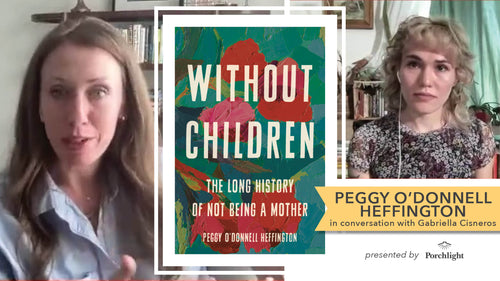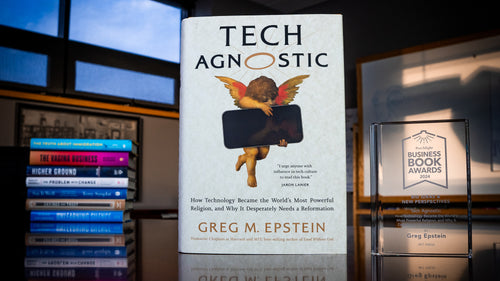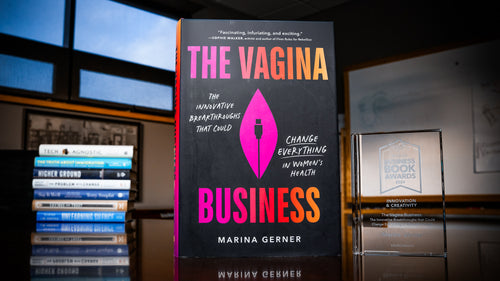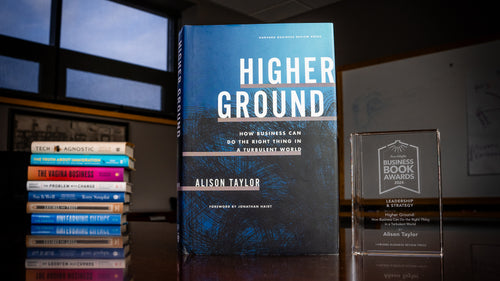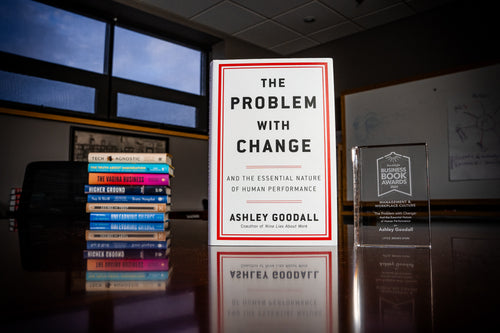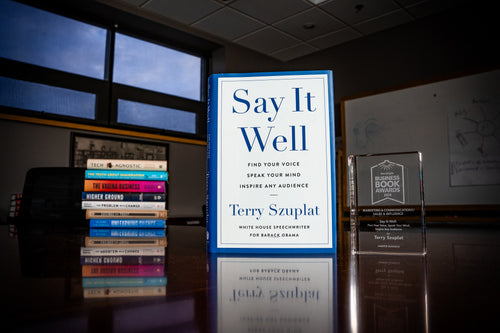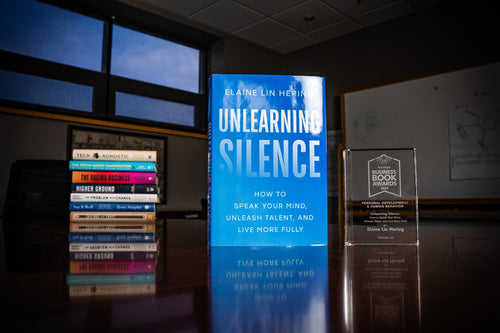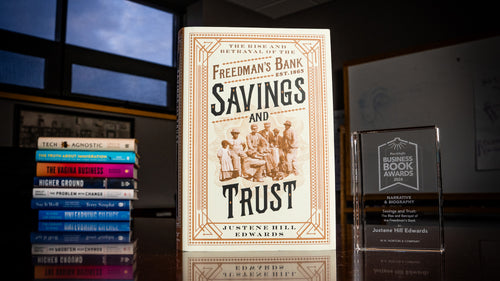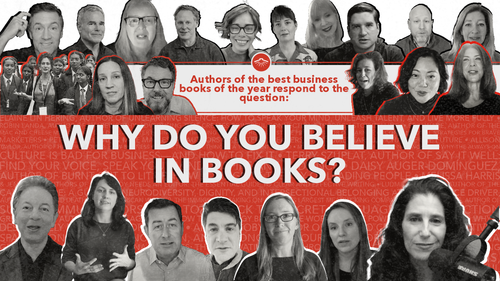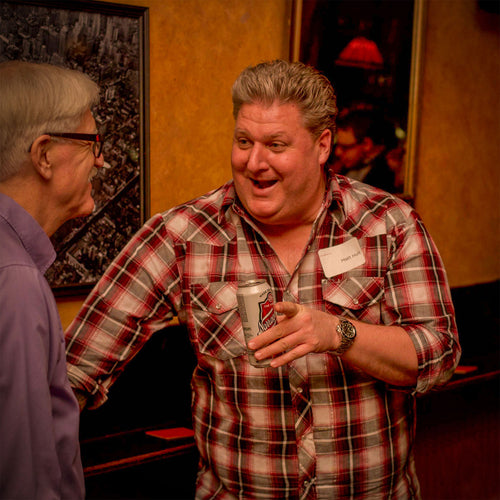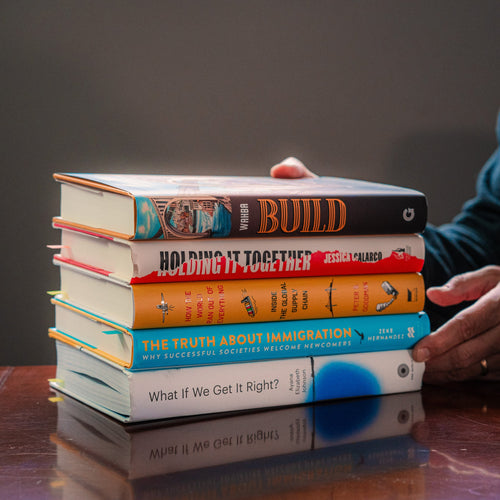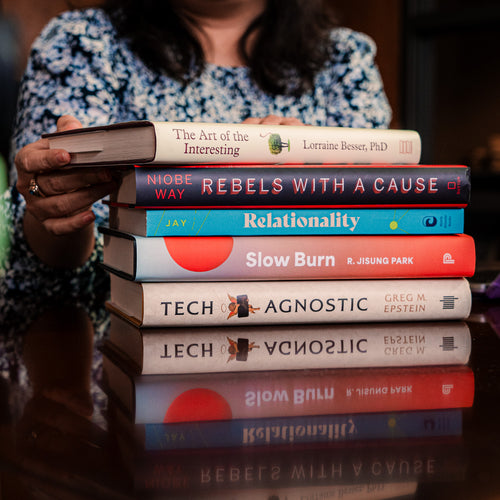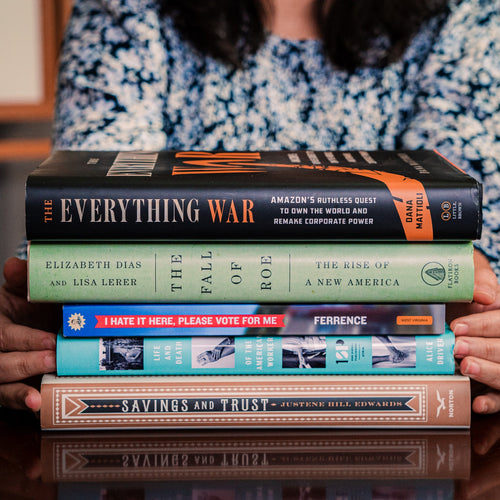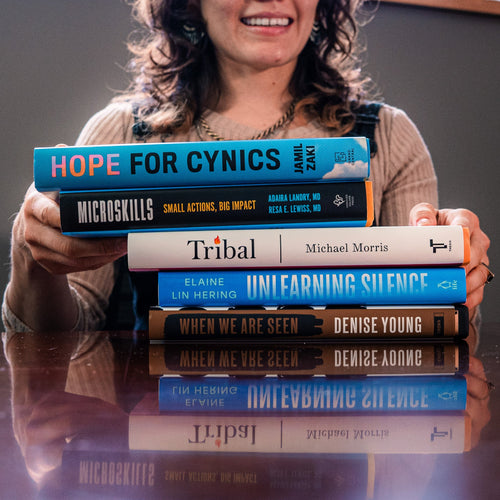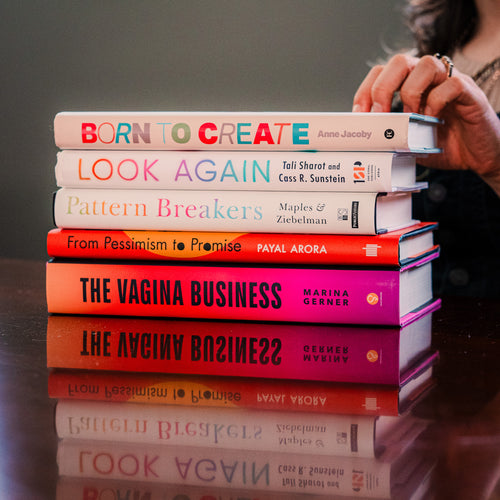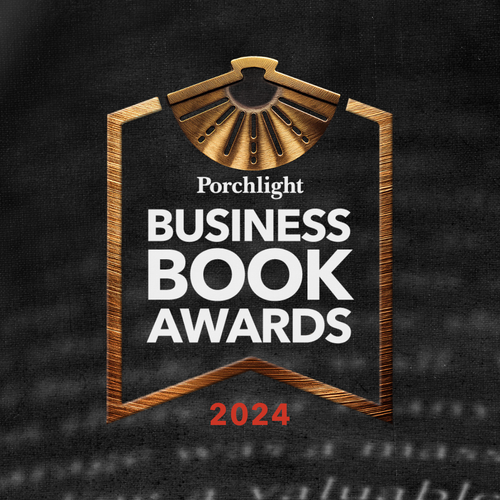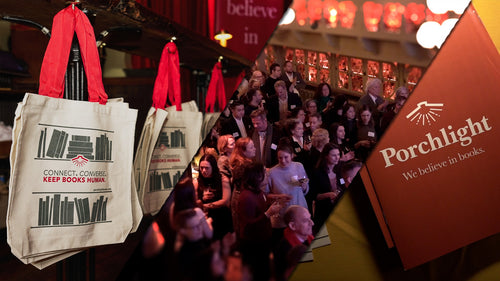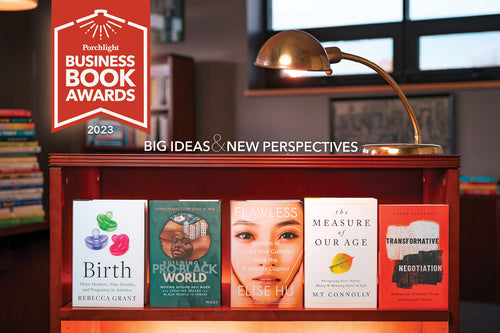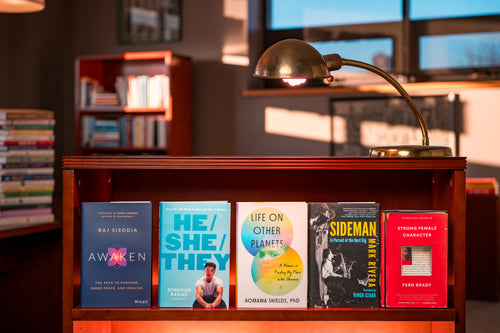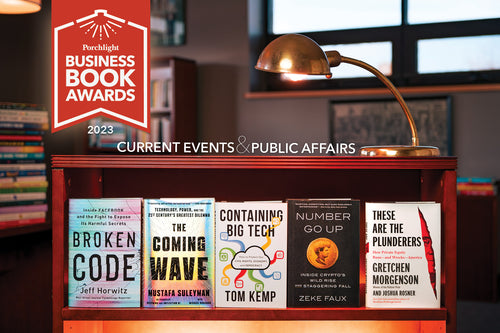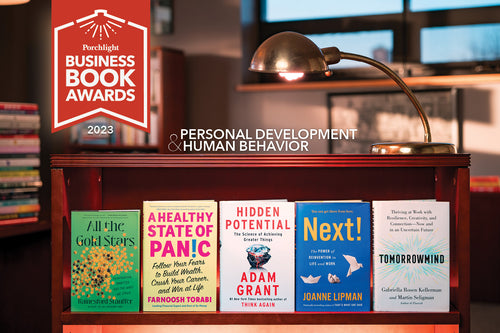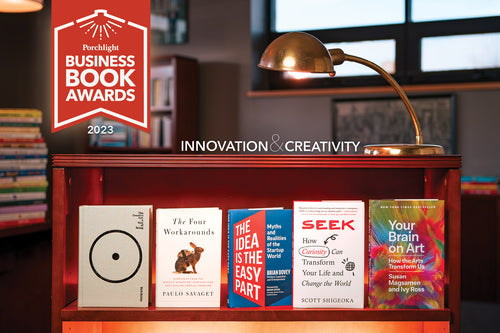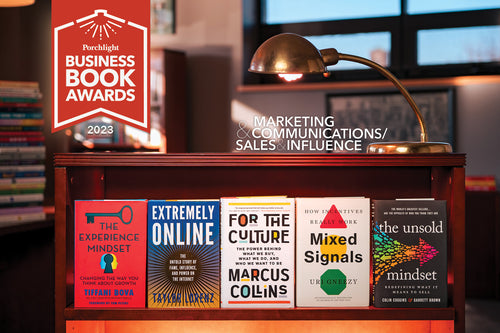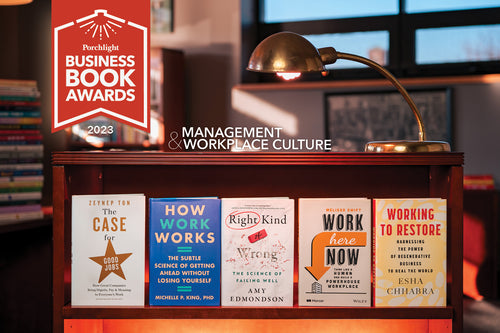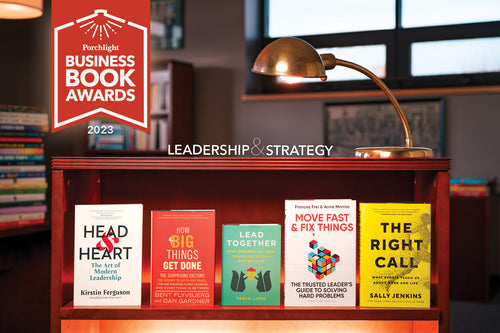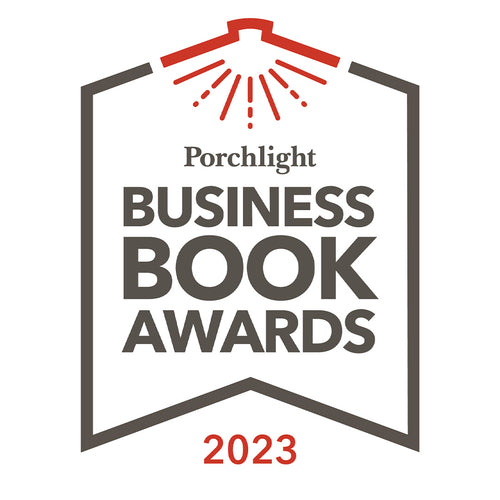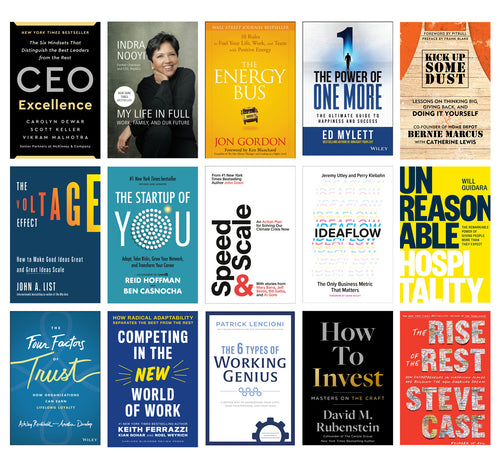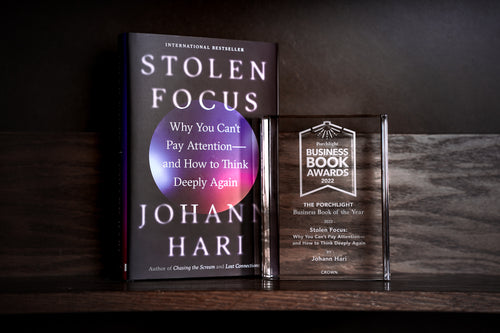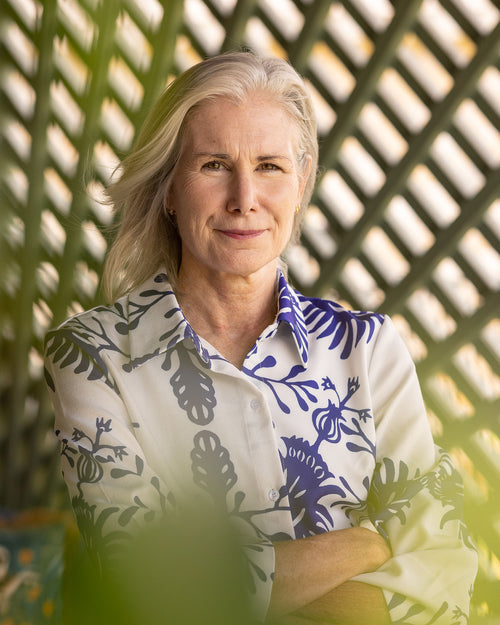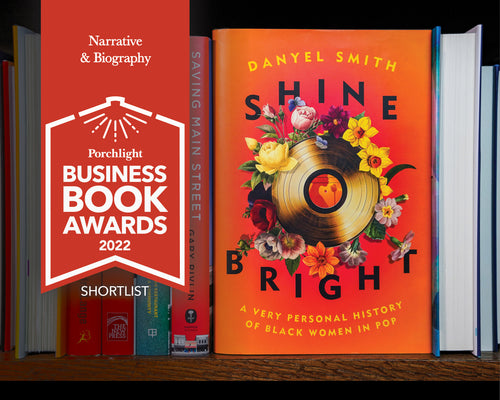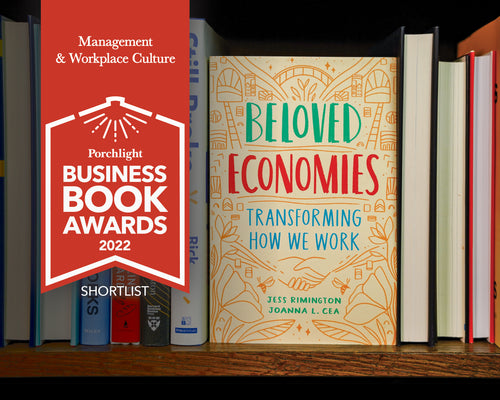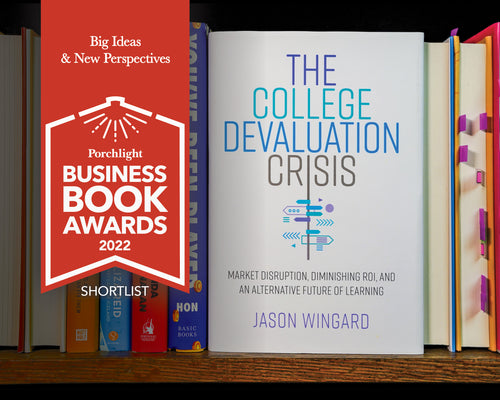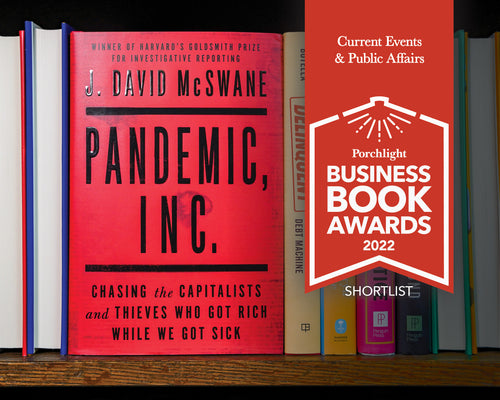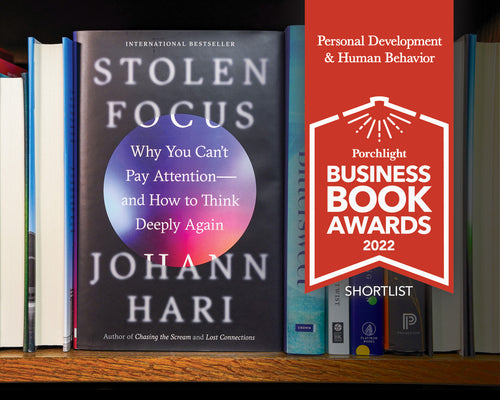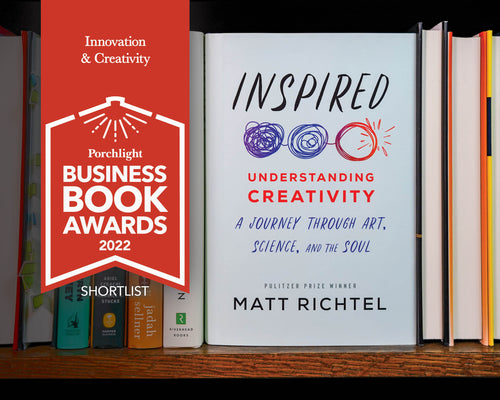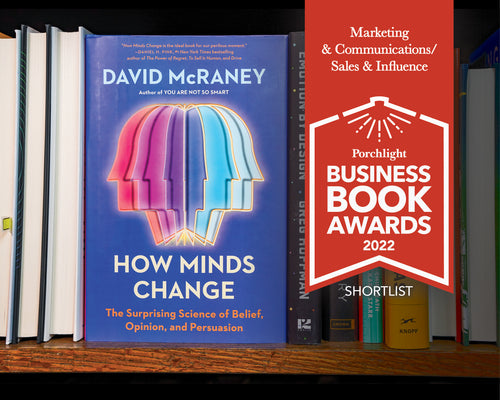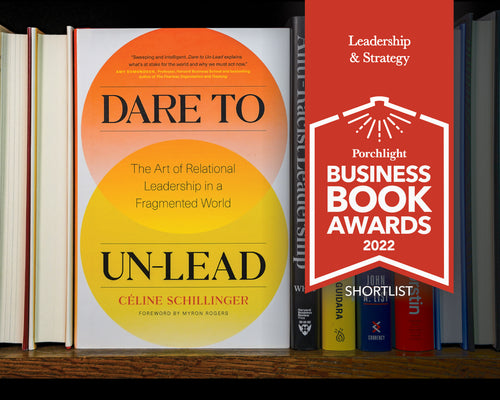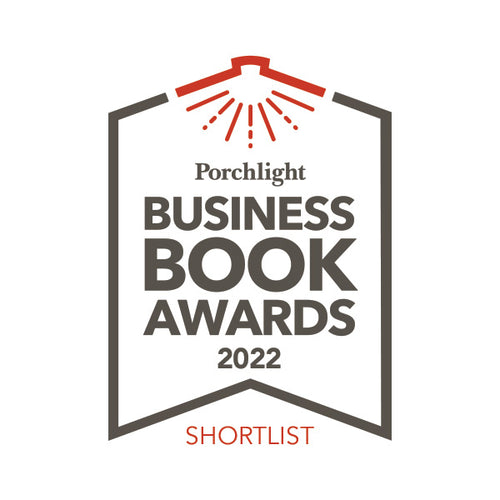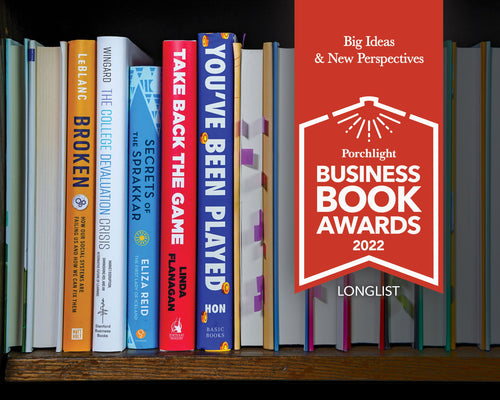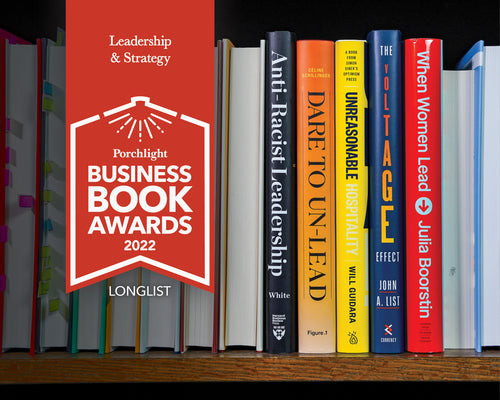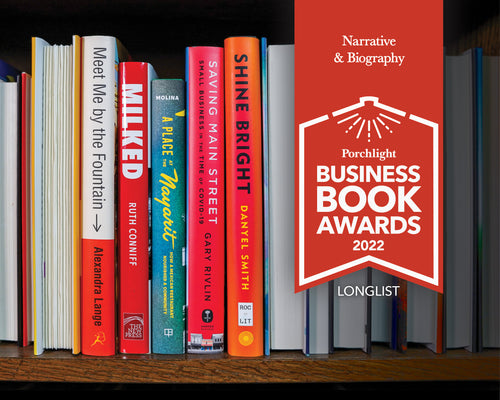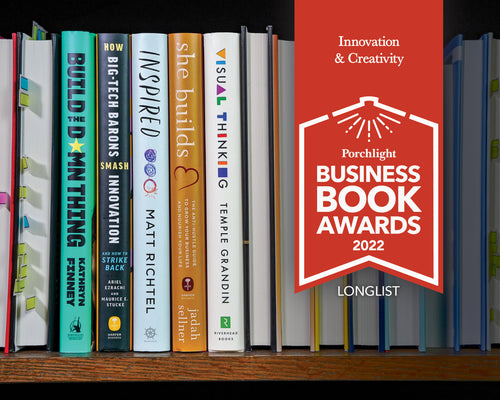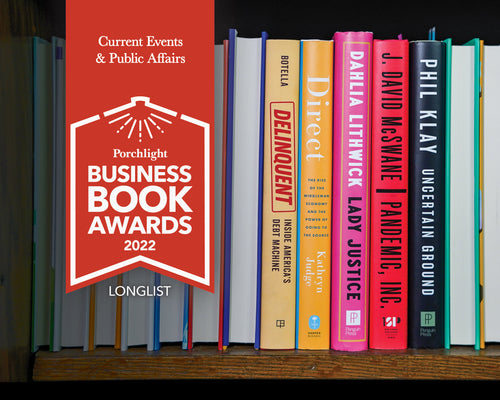Inside the 2019 Longlist: Innovation & Creativity
Everyone's awareness of their creative capabilities varies, and I know a lot of people who don’t consider themselves creative at all. However, to those who claim that you aren’t creative just because you can’t draw a decent stick figure: you are wrong, and these five books will prove it. Whether you’re an entrepreneur, a digital marketer, or even a grocery bagger (see: Creative Trespassing by Tania Katan), you should find something helpful, interesting, or even life-changing in any of these books. And, even though I’ve always been more creatively-inclined myself, all of these books have significantly expanded my ideas and knowledge on the subject. Furthermore, all of these authors deliver a steady message of developing human-to-human connections and respect, which is something Porchlight Book Company also values (and you should too!). You can’t run a business on algorithms alone, so I hope you’re able to step out of your comfort zone and start thinking, doing, and experiencing work and life more fully.

The Art of Noticing: 131 Ways to Spark Creativity, Find Inspiration, and Discover Joy in the Everyday by Rob Walker, Knopf
In opposition to the onslaught of ads, slogans, information, images, sounds, etc. that can cause a persistent anxiety that buzzes like white noise over your daily life, Rob Walker provides over 200 pages of exercises to practice and play with whenever you’d like to look, sense, travel, connect, and be alone in a different way. The Art of Noticing is a guide to experiencing life not just more creatively, but more profoundly. The writing is succinct and enlivening, and Walker provides a variety of difficulty levels that anyone can incorporate into their day no matter how busy or idle they may be. He explains how the exercises are derived from his personal experiences, psychological studies, or other artists, and learning these backstories also inspired me to consider creativity as a project of various steps, and a project that can’t be completed. A business may not have the goal of having no goal, but that’s what makes this book so essential. Innovation and creativity is all about thinking outside the box, so getting outside of this box (whether it’s your office, your house, your routines, your phone) and experimenting with life is a simple way to think more uniquely as well as more humanely. “These exercises and meditations were designed expressly to help you decide what you care about—and thus what and whom you want to care for and attend to. This at its core is the art, and the joy, of noticing.”
Creative Trespassing: How to Put the Spark and Joy Back Into Your Work and Life by Tania Katan, Currency
Creativity and innovation are highly sought after skills in all types of businesses, but do the people who possess those skills feel accepted for who they are in those sometimes conservative spaces? Tania Katan is a blazing sparkler of energy who exudes positivity and a desire to ease those fears of alienation. Katan is familiar with the desire to fit in, and she turns difficulties like her parents' divorce, breast cancer diagnosis, and coming out, into catalysts that empowered her to embrace her creativity. “This book will give you the tools to infuse imagination even in the darkest places, and to reconnect with your inspiration even when it seems like the last thing on your to-do list.” Katan reminds us that great/crazy/innovative idea-makers are more than just their ideas. They are humans with flaws and “once we begin to celebrate the things that make us stand out, we can all truly shine.” Whether it be as a grocery store bagger or an evangelist for a software company, Katan has found ways to simultaneously learn new skills and creatively thrive at “regular” jobs, and she reminds us that we have a choice and a voice in our work as much as in our lives. Moreover, she demonstrates how applying creativity is a humanizing experience for everyone involved. In one example, she shares how fun behind-the-scenes videos of her coworkers at an art museum went viral: “My original goal had been to break down the walls of my little cubicle to let creativity in, but in the end we actually ended up breaking down the walls of the entire museum and inviting the world in! Reading the many stories and exercises detailed in Creative Trespassing will help you gain the confidence to embrace your creativity, and bring to work what your business didn’t even know it needed.
Chutzpah: Why Israel Is a Hub of Innovation and Entrepreneurship by Inbal Arieli, Harper Business
Inbal Arieli’s Chutzpah provides an intimate tour of Israel's culture by following the progression of a typical Israeli childhood from adolescence to work in military service, entrepreneurship, the tech industry, and other paths. The country’s widespread confidence and community support is part of what has allowed Israel to have “the highest concentration of start-ups per capita worldwide, with more than one start-up for every two thousand people” among other impressive entrepreneurial statistics. The simple set up of many of the examples (such as one describing how Israeli children use a playground slide) belies how tremendously such experiences change one’s thought process and skill set, which is one reason I liked the book so much: Every chapter surprised me as well as inspired me to reconsider my own routines as well as our cultural norms. Arieli layers psychology, sociology, culture, and business in only 200 pages, and her research can not only change the way you raise your children, but also how you lead your employees, embrace your communities, and develop yourself in your own entrepreneurial journeys. “With the right amount of chutzpah, anything is possible.”
How We Make Stuff Now: Turn Ideas Into Products That Build Successful Businesses by Jules Pieri, McGraw-Hill Education
This informative book will be an immense help to anyone venturing to create a consumer product of any sort. Author Jules Pieri is the Cofounder and CEO of The Grommet, which is a website that features high-quality products by independent entrepreneurs and small businesses. Her extensive experience on both working creatively and selling creatively is what makes her voice so illuminating and this book so effective. She shares the standards of consumers and, moreover, how to exceed those standards. How We Make Stuff Now is aware of, and hoping to guide, the power e-commerce has to provide access to high-quality products from real people, but also provides case studies of products that have found success in retail stores. Whatever your product and whatever your goals, Pieri’s book provides a manageable step-by-step process of beginning a business and then building the “16 Competencies for Success,” and she includes a variety of examples for how each step can be completed (meaning there’s plenty of room for creativity!). Her substantial list of resources in each chapter calms every entrepreneur’s worries about asking for help, funding sources, trade shows, and the concerns of distributing via Amazon. The steps and problem-solving strategies that she suggests are accessible since she highlights that: “Only 10 percent of Grommet Makers have prior experience in the area where they build their business.” She’s a proponent of googling, crowdfunding, and other internet-age strategies, but she also explains possibilities like lines of credit vs. equity, trustworthy overseas manufacturers, and various elements to a good customer service experience. Pieri has crafted a thorough guide for Makers (and soon-to-be-Makers) with a positive and practical mindset: “Do the work. Your future self will thank you.”
Innovation on Tap: Stories of Entrepreneurship from the Cotton Gin to Broadway's Hamilton by Eric B. Schultz, Greenleaf Book Group
Eric B. Schultz crafts a lively history of famous entrepreneurs from the late 1700s to 2015. Rather than placing them on a pedestal, the author places them on a barstool. The atmosphere of a barroom full of entrepreneurs is a creative choice that humanizes the sometimes flat characters who are otherwise only described as "the inventor of…”. Additionally, this setting highlights other key points that the author makes about entrepreneurship: “The stronger the community the greater the chances for success" and “no single story is as powerful as the sum of all the stories." Schultz chronicles each entrepreneur’s coming-of-age and the many obstacles they faced and ultimately overcame (to various degrees). Entrepreneurs of today can identify with patenting issues, racism, sexism, and debt, which have been hurdles across time: "[Eli] Whitney never grew rich on his invention," "William Grimes was born a slave and fought bravely throughout his life for freedom and economic independence," "[Elizabeth] Arden appealed to consumers by emphasizing the 'New Woman' — who was anything but traditional." Additionally fascinating is the progression of entrepreneurial focuses which divide each section: Mechanization, Mass Production, Consumerism, Sustainability, and Digitization, and though it's exciting to understand these changes in priority and capacity, it's most incredible to appreciate the unrelenting drive that entrepreneurs grow to possess, no matter their background or invention.
















